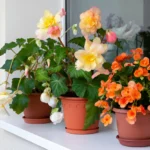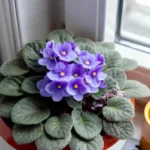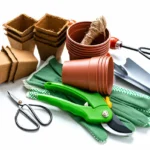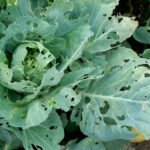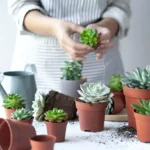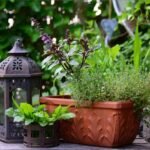If you can’t arrange a suitable potting mixer for your plant, your plant will be hindered in its proper development, and you will not get the desired result. Let’s take a look at how we can make the best soil for indoor plants.
Plants have extensive soil requirements for proper growth. Through its roots in the earth, the plant absorbs the minerals it needs. Plants that are grown in soil are better able to anchor their roots and withstand high winds. Plant growth requires light, soil, moisture, nutrients, and water. When you plant in pots, you need to keep these things in mind. We will follow the same approach for indoor plants. When we plant plants in a tub at home, we have to think about how to make the ideal potting mixture for our plants in this small space; our tub is not wide.
Potting Mixture
We will get indoor potting mixtures from various companies in online or offline stores.
Some best soil mix for indoor plants
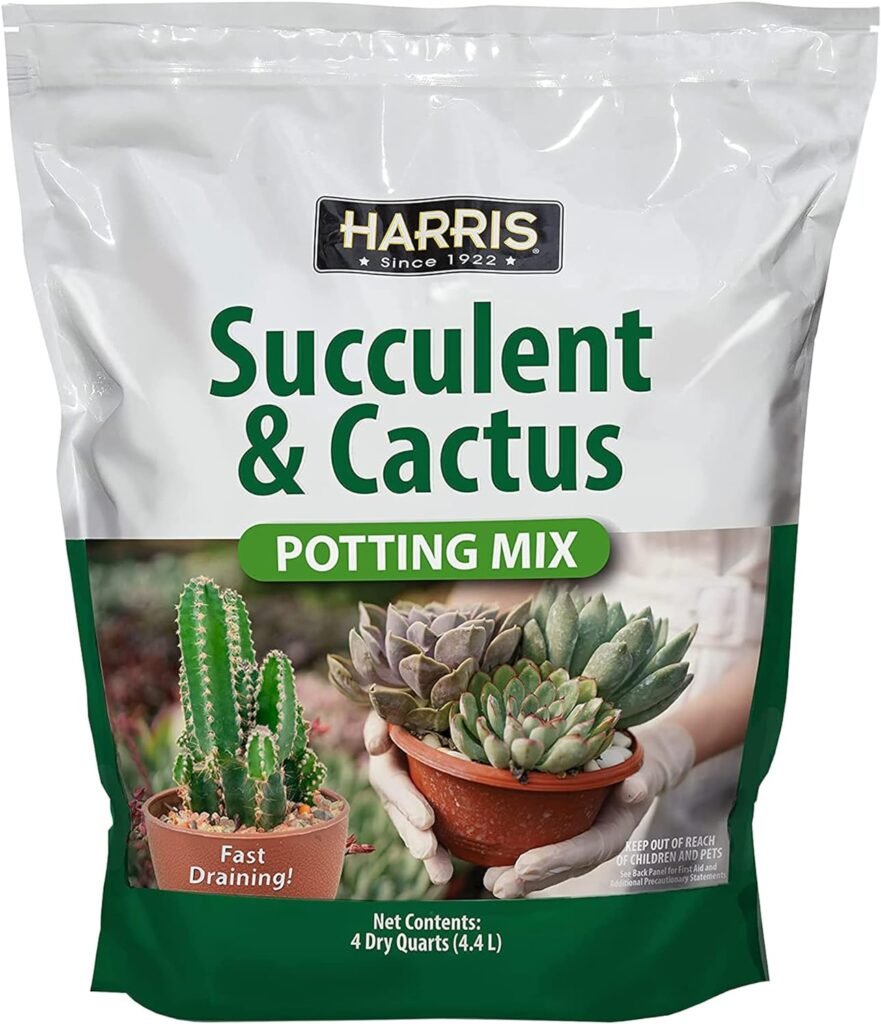

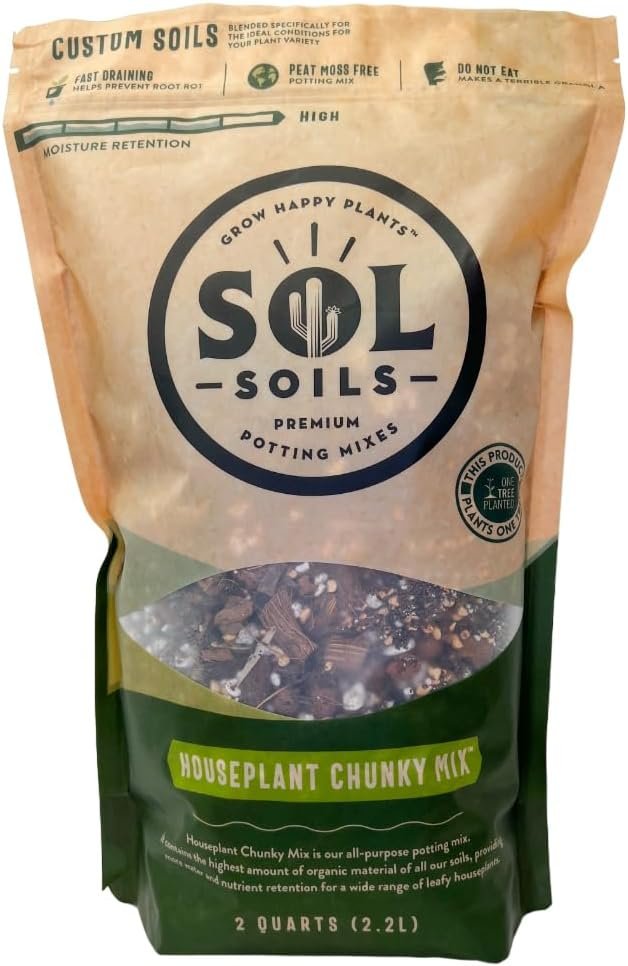
Do we pot our plants with this mixture?
No, we do not pot with these potting mixtures alone. Because these potting mixes are made with very low-quality ingredients to make the soil fat and for their convenience.
We will add other ingredients to the potting mix to create a more supportive potting soil for our plants.
We can add all the following ingredients:
1. Coco Coir
Coco coir is made from coconut shells. It helps to retain moisture in the plant’s relatively light soil, maintaining soil moisture without excessive watering.
2. Perlite
Perlite is volcanic rock, a naturally occurring mineral and ultralight, absorbent, and porous material. This igneous material is pulverized by heating at very high temperatures until it looks white, like popcorn. Perlite can hold 3-4 times its weight in water, but excess water drains from the pot. Using perlite makes the soil light for the plant, allowing the roots to occupy the required space and develop more quickly while absorbing oxygen.
3. Vermiculite
When heated, the hydrous phyllosilicate mineral vermiculite expands significantly. Exfoliation occurs when minerals are heated sufficiently; commercial furnaces can produce this effect with constant pressure. Vermiculite is brown and has many pores, so it can retain essential nutrients in the soil. It has a lengthy and large water-retention capacity. Vermiculite helps lighten heavy soil and creates a favorable environment for plant roots.
4. Charcoal
Charcoal is natural coal. It is used in plant soil to aerate the soil, preventing excess water from accumulating. Due to its numerous pores, coal can retain water and essential elements of plants. Coal is also used in the lower part of the plant’s soil, preventing fungus from attacking the soil and preserving its moisture.
Coal is used in terrariums.
5. Bark
The visible outer layer of a tree is its bark. Tree bark lightens the soil, and water drains quickly. Vermicelli keeps soil light and fluffy. Its work in the soil is excellent for building up organic matter, including natural humus.
6. Sand
Sand refers to clean sand suitable for plants. Cactus succulents use sand because their soil is more compact than others and requires quick drainage.
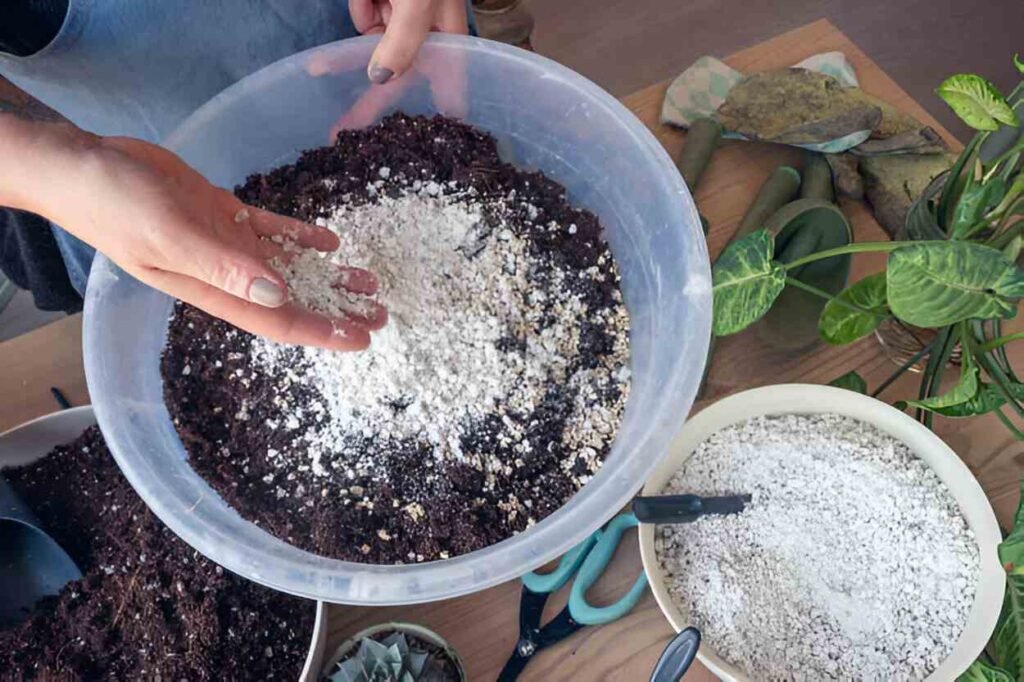
How to make potting soil for indoor plants?
Soil should be prepared according to your plant type, soil moisture, and water requirements. Many indoor plants require moist soil. How to make soil for them!
We can buy potting soil for our indoor plants online or offline or prepare it at home.
Take a large container or pot and put on gloves.
Take 40% of the purchased potting soil, 25% of coco coir, 25% of perlite, and 10% of coal, and mix them well with your hands in the container. It is the ideal potting soil for your moss-loving plants.
These potting mixes can be used on any plant.
- Allocation
- Synonyms
- Caladiums
- Calathes
- Philodendrons
- Marantas
- Peperomias
- African violet
- Begonias
- Algonimas Stromanthe
Here’s how I make potting soil for plants other than those listed above.
First, I use 65%-70% potting soil and the remaining 30% perlite. This mixture is perfect for my plants. I also enjoy making the mixture, and my plants are happy.
List of plants planted with this potting mixture:
- Ficus
- Coleus
- Ferns
- Peace lily
- Spider plant
- Oxalis
- Dracaena
- Jasmin
- Palm Club
- Mosses
- Pilea Tradescantia
How do you make a potting mix for cactus succulents?
The Cactus Succulent potting mix should be well drained. Bark, coal, perlite, coco coir, and sand can be used.
How do I make their potting mix?
First, take one part of potting soil, then mix bark, coal, and perlite with one part and last one part by mixing coco coir.
This way, you can easily make potting soil for your plants at home.


